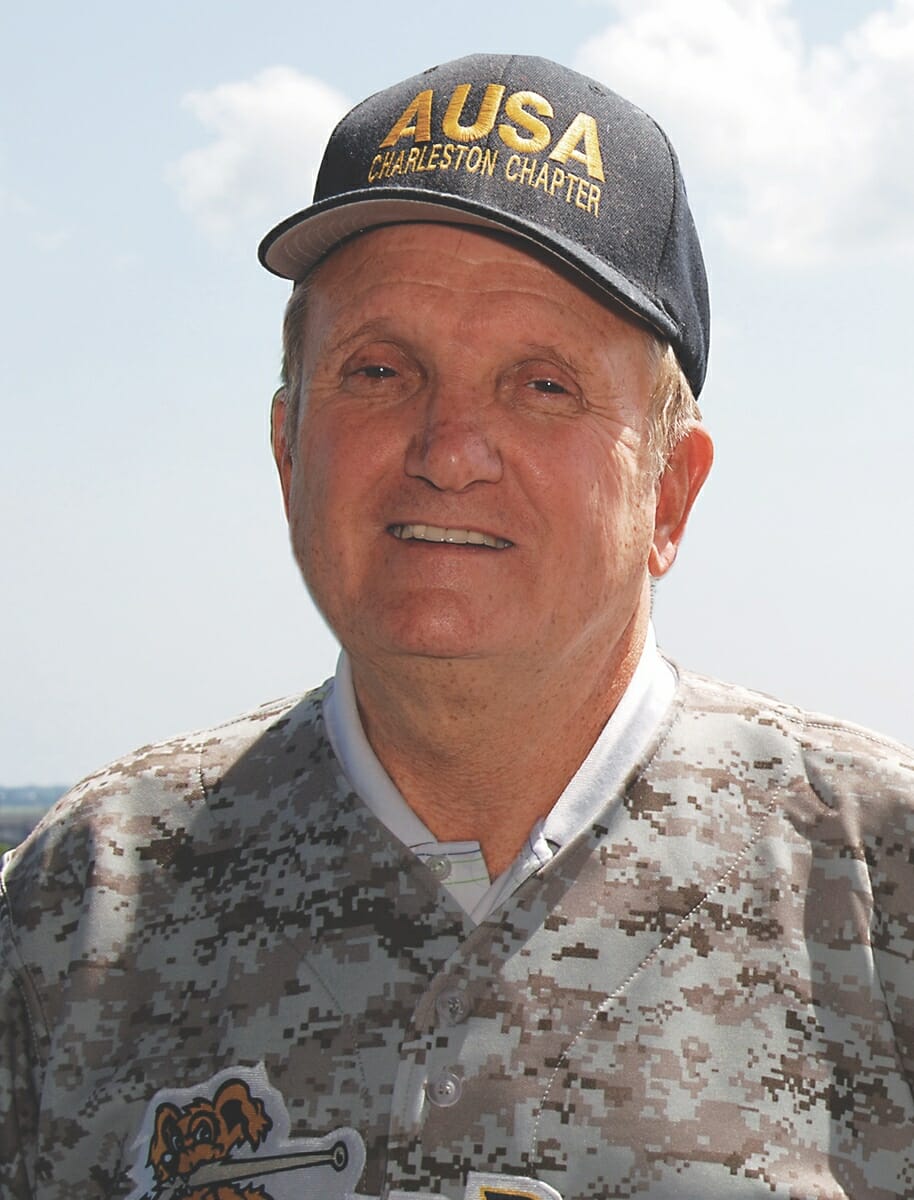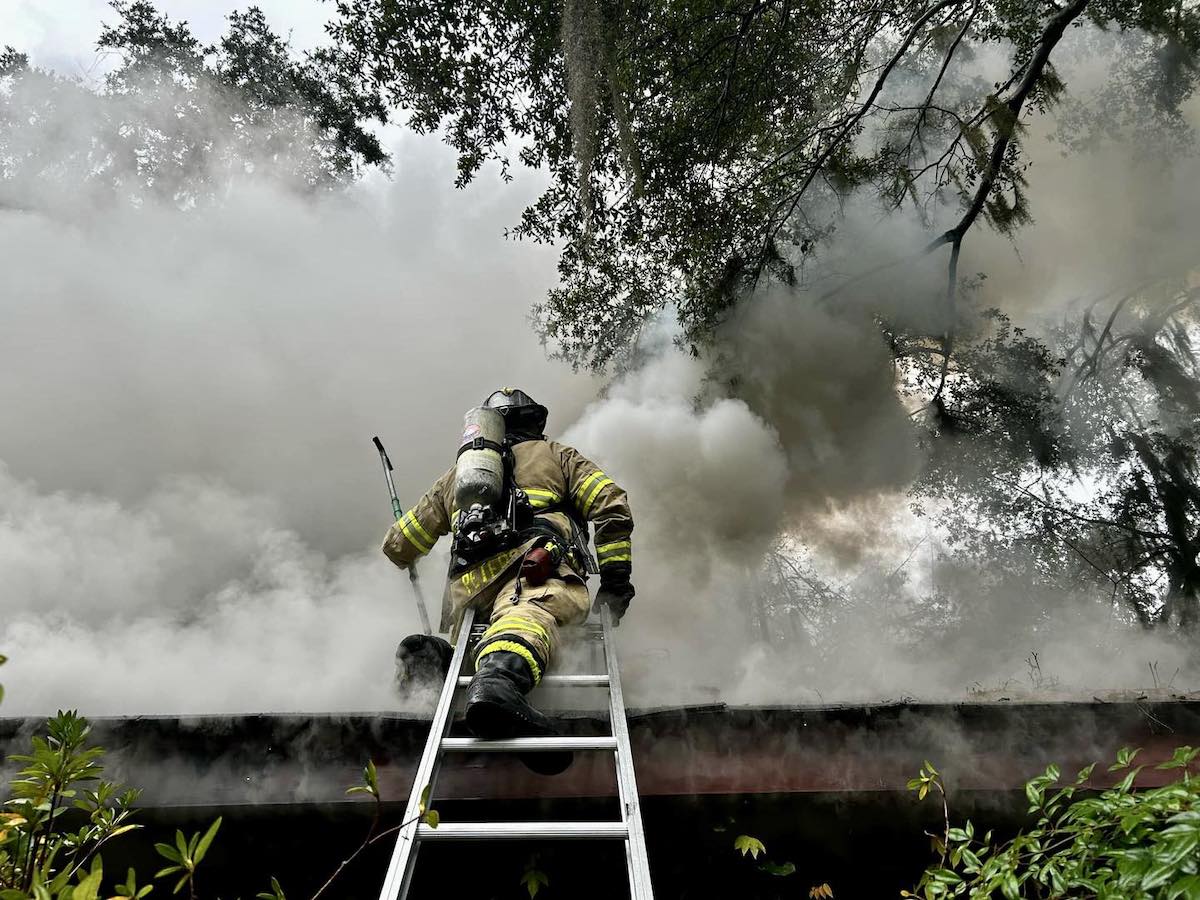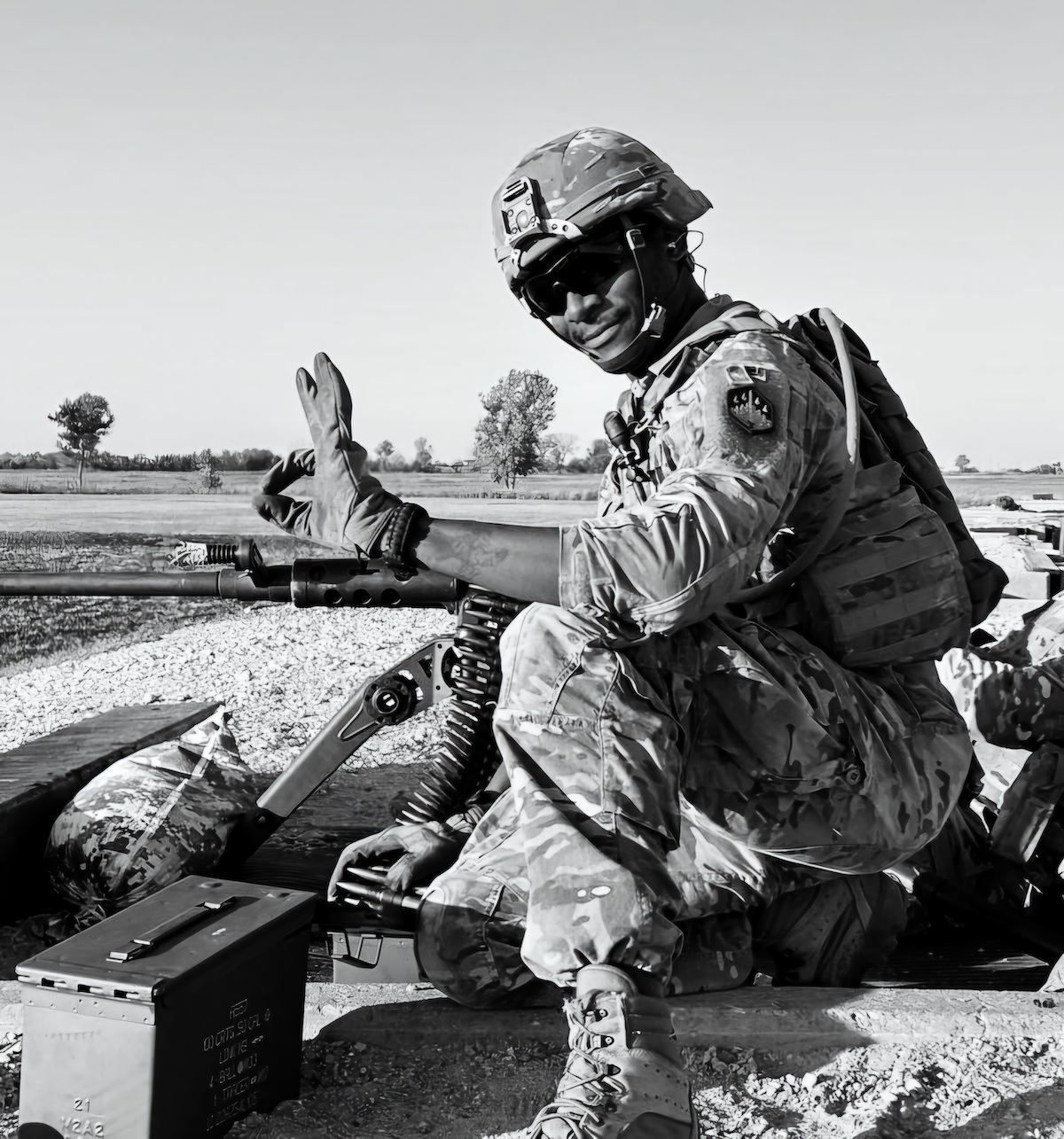Editor’s Note: This article is the first in a series of three.
Vets should file a claim with the VA, claims with asbestos trusts, lawsuits.
By Larry Dandridge
Unlike most other VA-accredited Veterans Service Officers (VSOs), I am a past certified Army Hazardous Materials Manager and Safety Officer. In my last job as the chief of aircraft maintenance and refueling at the Army Aviation Center at Fort Novosel (then Fort Rucker), Ala., I was also responsible for the safe and compliant management of more than 5,700 hazardous materials and a Material Safety Data Sheet (MSDS) for each of those Hazardous Materials.
I worked in a high-risk asbestos exposure field for longer than 20 years as an Aviation Maintenance Officer and a Ground Vehicle and Systems Maintenance Officer in the United States Army. I also filed claims against multiple asbestos trusts with the expert help of a law firm specializing in asbestos trust claims.
My next three articles will provide the following eight critical messages:
- A warning about the grave threat asbestos presents to humans, especially veterans (and non-veterans) who worked on military bases, ships, and equipment before 1990.
- An urgent appeal to veterans (and non-veterans) who worked on military installations, buildings, ships, aircraft, vehicles, Heating and Air Conditioning (HVAC) Equipment, brakes, roofing, and other equipment before 1990 to talk to their doctor and a lawyer who is skilled and knowledgeable in filing claims with Asbestos Trusts. If you have lung cancer, Mesothelioma, Asbestosis, lung scarring, asthma, chronic bronchitis, shortness of breath, kidney or heart damage, or other asbestos-related injury symptoms, you should talk to your doctor, go through an asbestos screening, consider filing a claim with the VA for a service-connected and asbestos caused disability, and contact Clear Trust Claims LLP at 202-449-7681 or through the website at https://www.cleartrustclaims.com/.
- A reminder to veterans that even if the VA turns down a veteran for service-connected disability compensation for an asbestos injury or disease, the veteran can still file a claim with Asbestos Trusts.
- An urgent appeal to veterans to file a service-connected disability compensation claim for any asbestos injuries, diseases, or conditions they may have.
- A description of the Asbestos Trust System and why you need a lawyer to help you file claims.
- Why veterans who served before the 1990s are presumed by the asbestos trusts (but not the VA) to have been exposed to asbestos and why the latent effects of this deadly carcinogen may just now be showing up.
- Why has the Vietnam Veterans of America (VVA) signed a Memorandum of Understanding with Clear Trust Claims (CTC) LLP? This agreement allows CTC to train VVA Veterans Service Officers (VSO) to identify veterans who may be eligible for asbestos trust compensation. CTC will also provide educational information about the trusts through VVA and be available for talks or webinars to local VVA chapters.
- Provide reference material for veterans, non-veterans, and their families to read.
Background
On May 4, 2022, The Island News published one of my articles titled “Veterans can file claims against asbestos trusts, file lawsuits for asbestos injuries and illnesses.” That article explained that veterans could not only file a claim with the VA for military service-connected disability compensation for asbestos-caused injuries, diseases, and medical conditions caused by exposure to asbestos but also, veterans (and non-veterans) may receive compensation from the manufacturers of the asbestos-containing products they were exposed to. The May 5, 2022, article can be read online at https://bit.ly/408XIme.
A Grave Threat is Asbestos
Asbestos MSDS provides deadly warnings
One Material Safety Data Sheet (Right to Know Hazardous Substance Fact Sheet) for asbestos states that:
“Asbestos is a carcinogen (causes cancer and non-cancerous injuries). Handle with extreme caution. People who develop serious and fatal diseases (from asbestos) later in life may feel fine at the time of exposure and for a long time after. Asbestos is a cancer hazard. As a carcinogen, asbestos has been shown to cause cancer of the lung (including mesothelioma) and gastrointestinal tract.
Repeated exposure to Asbestos can cause a disease called asbestiosis, a scarring of the lungs that results in changes on chest X-rays. Asbestosis develops some years (7 to 30) after exposure. Symptoms include cough, shortness of breath, and chest pain. It can progress to disability and death. Asbestos is on the Right to Know Hazardous Substance List and is a chemical on the Special Health Hazard Substance List. There may be no safe level of exposure to a carcinogen, so all contact with asbestos should be reduced to the lowest possible level.”
Asbestos right to know hazardous substance fact sheet
Asbestos is the general term for six naturally occurring fibrous, silcate minerals. They range in color from white to gray, green, blue, or brown and are used in brake linings, heat-resistant materials, roofing composites, and in heat and electrical insulations. Asbestos has not been manufactured in the U.S. since 2002. The Asbestos Right to Know Hazardous Substance Fact Sheet found at https://bit.ly/4a55eD8 includes the following paragraphs:
- A Description and Use paragraph, a Reasons for Citation paragraph, a First Aid/First Responders paragraph, and an Emergency Numbers paragraph.
- A Hazard Summary paragraph, a Workplace Exposure Limits paragraph, and a How to Determine Your Exposure paragraph.
- A Health Hazard Information paragraph. a Medical Testing and Mixed Exposure paragraph, a Workplace Controls and Practices paragraph.
- A Personal Protective Equipment (PPE) paragraph, a Fire Hazards paragraph, a Spills and Emergencies paragraph, and a Handling and Storage paragraph.
- An Occupational Health Information Resources paragraph, a Glossary, and a Right to Know Hazardous Substance Fact Sheet
Non-veterans who worked for the military, on ships/boats/vessels are at high risk
I recently helped a non-veteran, older than 70 years old, who worked as a civilian machinist at the Charleston Navy Yard in the 1960s and 1970s. Although he did not serve in the military, he worked in and around asbestos daily for longer than eight years at the Navy Yard, and today, he has lung scarring and other health problems.
When I found out he had lung scarring and other health problems that might be related to his exposure to asbestos longer than 44 years ago, I recommended that he read about asbestos hazards and trusts and contact a law firm experienced in and specializing in cancerous and non-cancerous claims with Asbestos Trusts. I further explained to him that the Charleston Naval Shipyard is on 15 separate Asbestos Trust lists. Therefore, he may be able to file a claim against each of those 15 Asbestos Trusts.
Continued next week.
Larry Dandridge is a Vietnam War wounded warrior, disabled veteran, ex-Enlisted Infantryman, ex-Warrant Officer Pilot, and retired Lt. Colonel. He is a past Veterans Service Officer, a Patient Adviser at the RHJ VA Hospital, the Fisher House Charleston Good Will Ambassador, and the VP for Veteran Affairs for the local Army Association Chapter. Larry is also the author of the award-winning book Blades of Thunder and a contributing freelance writer with the Island News. Contact him at LDandridge@earthlink.net or 843-276-7164.






